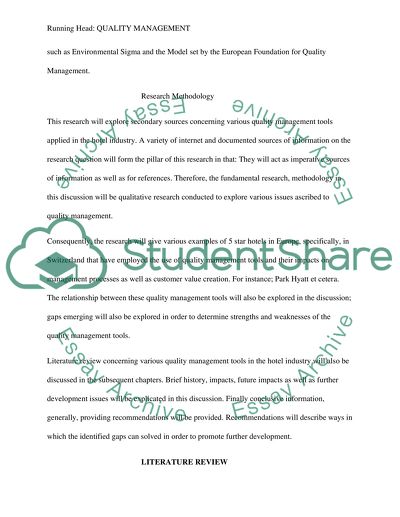Cite this document
(“Quality Management: Environmental Sigma, ISO, EFQM models impacts Research Paper”, n.d.)
Retrieved from https://studentshare.org/tourism/1621033-quality-management-environmental-sigma-iso-efqm-models-impacts-owners-and-customer-value-creation-in-5-star-hotel-in-europe
Retrieved from https://studentshare.org/tourism/1621033-quality-management-environmental-sigma-iso-efqm-models-impacts-owners-and-customer-value-creation-in-5-star-hotel-in-europe
(Quality Management: Environmental Sigma, ISO, EFQM Models Impacts Research Paper)
https://studentshare.org/tourism/1621033-quality-management-environmental-sigma-iso-efqm-models-impacts-owners-and-customer-value-creation-in-5-star-hotel-in-europe.
https://studentshare.org/tourism/1621033-quality-management-environmental-sigma-iso-efqm-models-impacts-owners-and-customer-value-creation-in-5-star-hotel-in-europe.
“Quality Management: Environmental Sigma, ISO, EFQM Models Impacts Research Paper”, n.d. https://studentshare.org/tourism/1621033-quality-management-environmental-sigma-iso-efqm-models-impacts-owners-and-customer-value-creation-in-5-star-hotel-in-europe.


